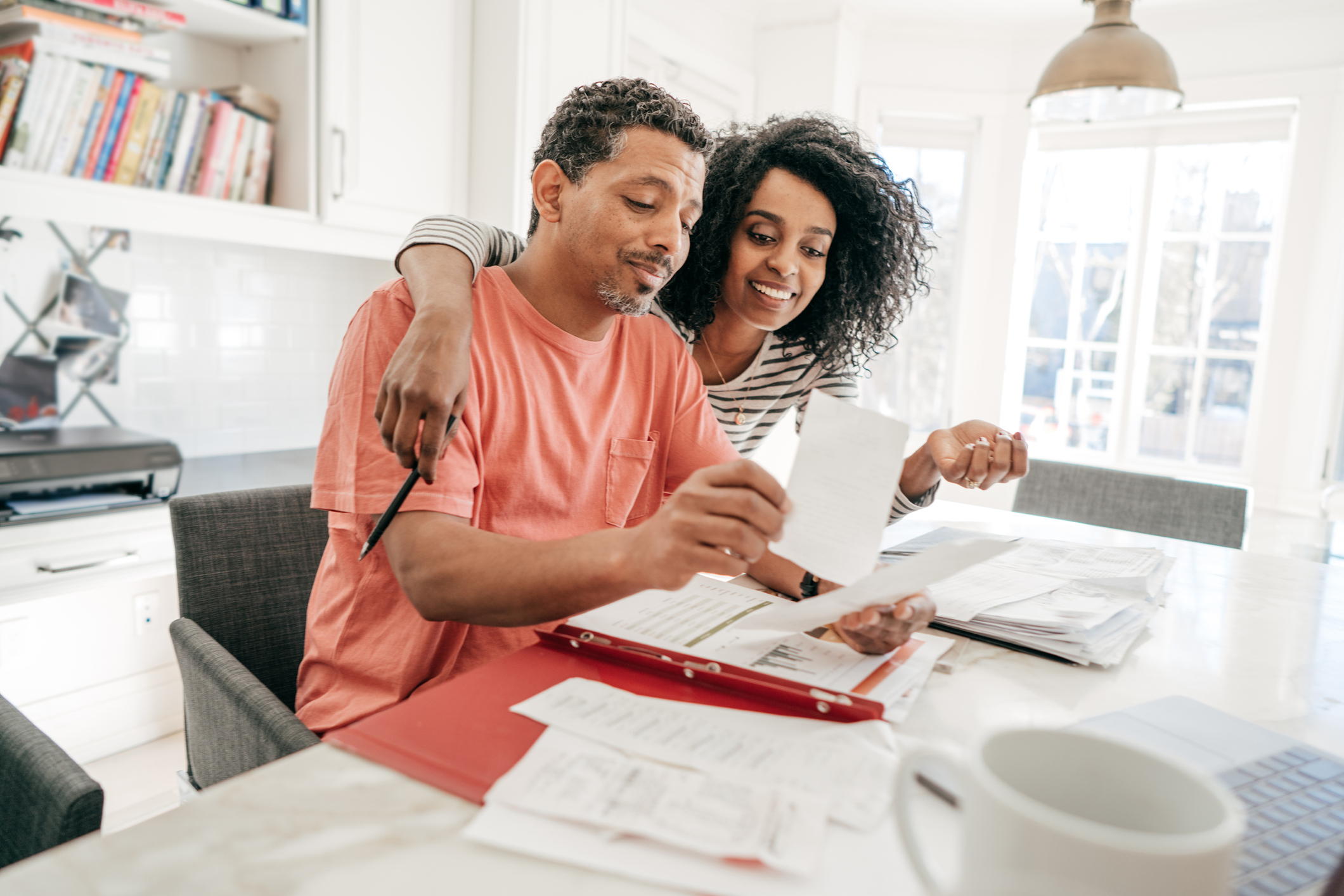For Canadian taxpayers and businesses, the Canada Revenue Agency (CRA) plays an important role in everyday life – from processing your tax return to administering government tax credits and benefits. When it comes to interacting with the CRA and its services, registering for the agency’s online portal — the CRA My Account — isn’t mandatory, but doing so does let you view, track and access all of your tax and benefit information in one place.
What is the Canada Revenue Agency (CRA)?
The Canada Revenue Agency (CRA) is responsible for delivering tax-related social and economic benefits programs to Canadians, ensuring tax compliance and administering tax laws on behalf of the Government of Canada as well as many provincial and territorial governments.
For individuals, businesses and tax intermediaries like accountants, the CRA has a number of functions, including receiving and processing tax returns and benefit applications, providing tax verification and audit services, issuing tax documents such as notices of assessment, collecting taxes and determining benefits, like the Canada Child Benefit, for example.
Do I need a CRA account?
Technically, Canadian taxpayers can interact with the CRA without a My Account — by mail or phone — but a CRA account does make it much simpler to access your tax information online, including viewing the status of your filings and easily applying for certain benefits.
Why would I need a CRA account?
Registering for a CRA My Account gives taxpayers a central location to easily track, view and manage their tax and benefit related information. This includes:
- Viewing the detailed status of your most recent tax return and refund.
- Setting up direct deposit.
- Viewing or changing your return.
- Viewing your Registered retirement savings plan (RRSP) and Tax-free savings account (TFSA) limits.
- Reviewing or applying for benefit and credit payments.
- Changing your personal information such as your address or marital status and;
- Opting into email notifications.
How to create a CRA account
For individual taxpayers, creating a CRA My Account starts with registering for a user ID and password with the CRA. To register for a new account on the CRA’s website or mobile app, you’ll be prompted to enter personal information, starting with your Social Insurance Number (SIN), date of birth and current postal code.
Next, you will be required to enter an amount from a line on the most recent or the previous year’s income tax or benefit return.
You can then create your CRA user ID and password, as well as security questions and answers. You also will be prompted to enroll in mandatory multi-factor authentication.
Once you have a CRA user ID and password, you can use it to sign into tax and benefit services on the CRA’s website or app 21 hours a day, seven days a week.
Alternatively, you can use a sign-in partner to access your CRA My Account, which lets you sign in with your online banking information. You can also sign into your My Account via credentials you have already set up with a provincial partner, like an Alberta.ca account, for example. The first two options – either registering for a CRA UserID or logging in via a sign-in partner — are only available to taxpayers who have filed their tax and/or benefit returns for the current or previous tax years.
Use CRA My Account to find
Once you have a CRA My Account set up, you can log in to view a number of tax-related documents, statements — both current and historical, for example:
Tax forms like your T1 and T4: When you first log into your My Account, you’ll be on the Overview page. On the right-hand side, you’ll see a Tax Information Slips tab where you can view original and amended tax information slips, including T4 slips issued by your employer, administrator or Service Canada for the last 10 years.
Tax credits and benefits: Clicking the ‘Benefits and credits’ tab on the left-hand menu of the overview page will give you a list of all of the benefits and tax credit payments you are set to receive, including the amount and date you can plan to receive it. You also can view statements of accounts for past payments. This includes benefits like the Canada Child Benefit, GST/HST credit, Climate Action Incentive payment, and Disability Tax Credit.
Notices of Assessment: Also on the left-hand menu of the overview page, your notices of assessment can be found under Tax Returns. Here, you will be able to view up to 12 years of past notices of assessment.
Others: Under Savings and Pension Plans, you’ll also be able to view your RRSP deduction limit and TFSA contribution room for the current tax year. My Account also has a ‘View uncashed cheques’ tab on the right-hand menu of the overview page, where you can check whether you have any uncashed refund or benefits cheques from the CRA, due to a previous address change, for example.
How do I update my CRA My Account?
Under the Profile tab on the left-hand menu, you can choose to edit your direct deposit information, mailing address, marital status or authorized representative information. The CRA does not accept name changes through My Account.
Frequently asked questions about CRA My Account
The CRA has introduced multi-factor authentication for users signing into its website: Taxpayers who choose to authenticate their account via phone may receive a text message with a one-time passcode each time you sign in to your CRA account.
Other than that, the CRA never sends text messages or other types of direct message to contact you about your taxes, benefits or My Account. It’s important to be aware that a phishing scam in the form of a text message impersonating the CRA offering fake refunds to Canadians or seeking personal information is currently circulating.
Setting up direct deposit with CRA can be done through your financial institution, through the CRA’s My Account portal if you’ve already registered, the MyCRA mobile app, or by calling the CRA. To set up direct deposit, the bank or the CRA will need:
- Your Social Insurance Number
- Your full name and current address
- Your date of birth
- Your most recent income tax and benefit return as well as information about the most recent payments you received from the CRA
- Banking information: your three-digit financial institution number, five-digit transit number and your account number
The CRA’s general number for tax-related inquiries for individuals is 1-800-959-8281. The CRA provides a 24/7 automated telephone information service on certain tax topics — for example, checking the status of your 2022 return — with live agents available during specific hours. There also is an online chat option where Canadians can ask a live CRA agent general questions, unrelated to a specific account. Many self-serve options are also available online through My Account.

7 Canadian Tax Changes That Might Affect You in 2023
New federal tax brackets, a higher Basic Personal Amount and COVID benefit repayment are among this year’s important tax changes.

Tax-Free Savings Account: What a TFSA Is and How To Use It
A tax-free savings account (TFSA) can be used to tax-shelter your investment and the interest earned inside this account. You can contribute up to $7,000 in 2024.

8 Boring-but-Brilliant Uses for Your Tax Refund
Using your tax refund to pay down debt, start an emergency fund or make home upgrades may seem boring, but they’re actually brilliant financial moves.


